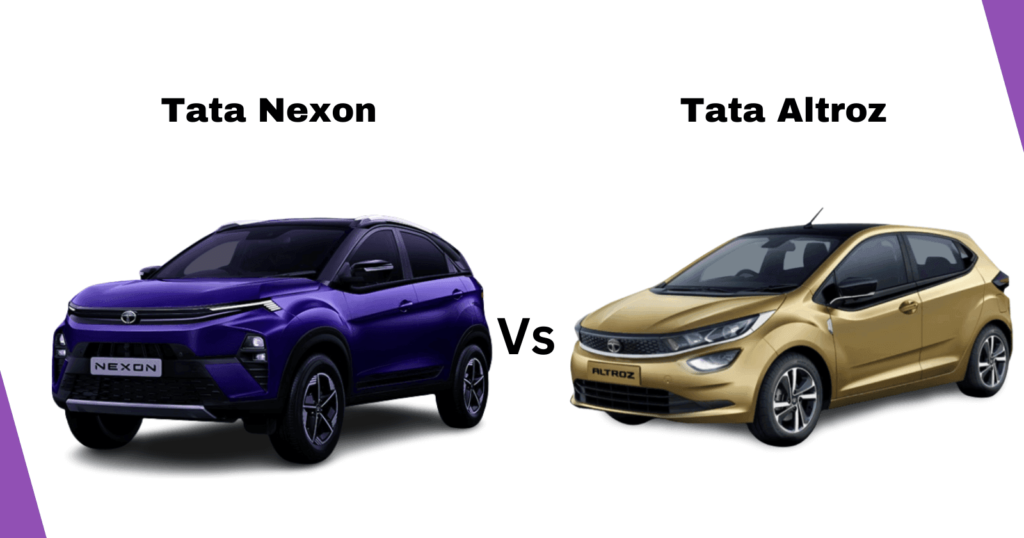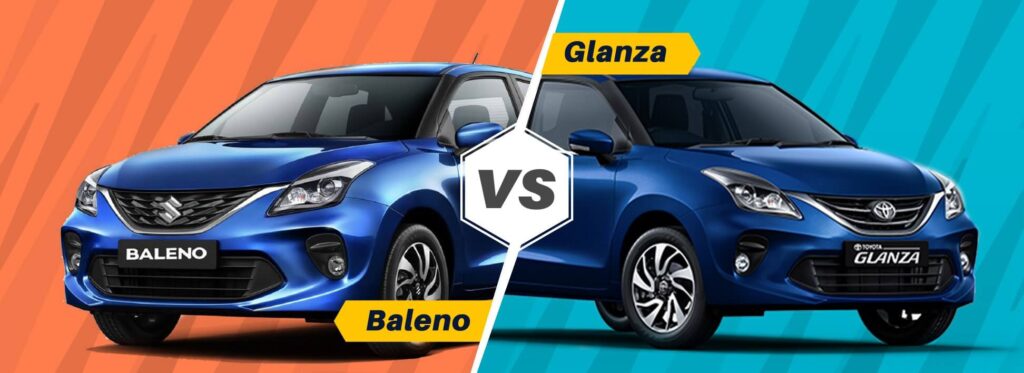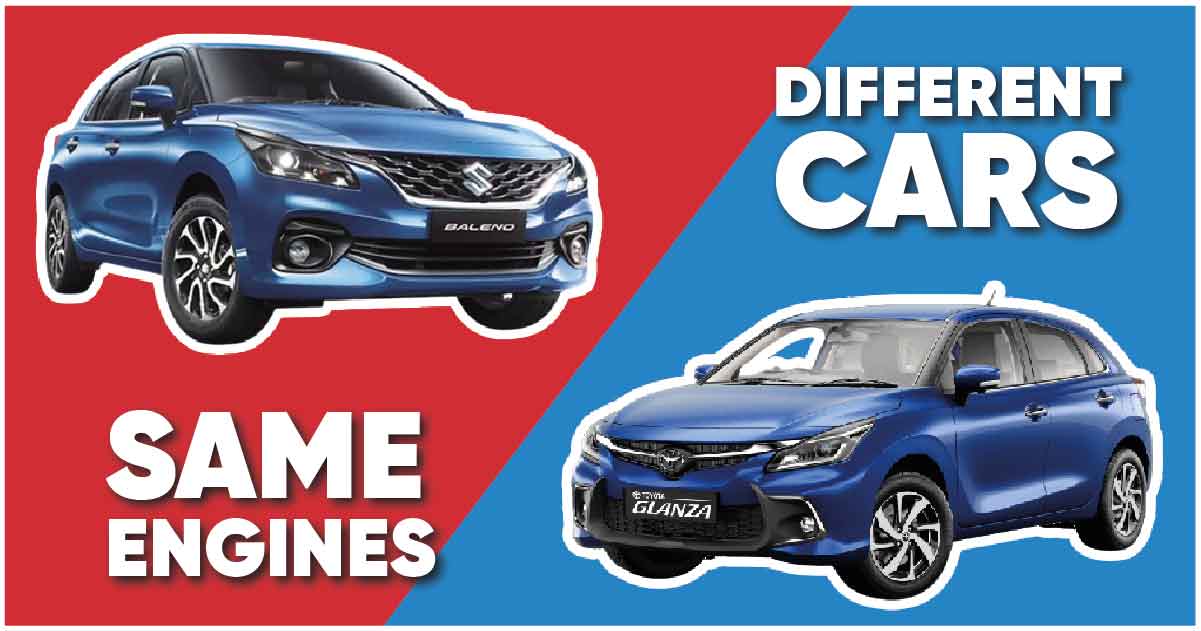In the automotive world, engines are often referred to as the “heart” of a vehicle. They define performance, efficiency, and character. But did you know that in India, several cars from different brands—or even within the same brand—share the same engine? This practice, known as engine sharing or platform sharing, is a cost-effective strategy for automakers. It allows them to offer diverse vehicles at competitive prices while maintaining reliability and performance. Let’s take a closer look at some popular cars in India that share the same engine.
1. Hyundai Creta and Kia Seltos

Hyundai and Kia, both part of the Hyundai Motor Group, are known for their sibling rivalry in the Indian market. The Hyundai Creta and Kia Seltos, two of the most popular compact SUVs in India, share the same engine options. Both models offer:
- A 1.5-liter naturally aspirated petrol engine (115 PS)
- A 1.5-liter diesel engine (116 PS)
- A 1.4-liter turbocharged petrol engine (140 PS)
While the engines are identical, the tuning and driving experience differ slightly due to variations in suspension, weight, and design. This allows both cars to cater to slightly different audiences while maintaining the same core performance.
2. Tata Nexon and Tata Altroz

Tata Motors has made significant strides in the Indian automotive market with its focus on safety and design. The Tata Nexon, a compact SUV, and the Tata Altroz, a premium hatchback, share the same 1.2-liter turbocharged Revotron petrol engine. This engine produces 120 PS of power and 170 Nm of torque, offering a peppy driving experience in both vehicles.
The Nexon and Altroz also share Tata’s signature build quality and safety features, making them popular choices for buyers who prioritize reliability and performance.
3. Maruti Suzuki Baleno and Toyota Glanza

In one of the most notable collaborations in the Indian automotive industry, Maruti Suzuki and Toyota joined forces to rebadge the Maruti Suzuki Baleno as the Toyota Glanza. Both cars share the same 1.2-liter DualJet petrol engine, which delivers 90 PS of power and 113 Nm of torque. The engine is known for its fuel efficiency and smooth performance, making it a favorite among urban commuters.
While the Glanza and Baleno are essentially the same car, Toyota has added its own touch with subtle design changes and a different warranty package to differentiate the two.
4. Renault Duster and Nissan Kicks

The Renault Duster and Nissan Kicks, both compact SUVs, share the same 1.5-liter diesel engine. This engine produces 110 PS of power and 245 Nm of torque, offering a balance of performance and fuel efficiency. While the Duster has been a long-standing favorite in the Indian market, the Kicks brings a more modern design and additional features to the table.
Despite sharing the same engine, the two SUVs cater to different audiences, with the Duster focusing on ruggedness and the Kicks leaning towards urban sophistication.
5. Volkswagen Polo and Vento

Volkswagen’s Polo hatchback and Vento sedan share the same 1.0-liter TSI turbocharged petrol engine. This engine delivers 110 PS of power and 175 Nm of torque, offering a fun-to-drive experience in both vehicles. The Polo is a compact hatchback, while the Vento is a more spacious sedan, but both benefit from the same reliable and efficient engine.
The shared engine strategy allows Volkswagen to maintain consistency in performance across its lineup while catering to different customer preferences.
Why Do Automakers Share Engines?
Engine sharing is a common practice globally, and India is no exception. Here’s why automakers opt for this strategy:
- Cost Efficiency: Developing a new engine is expensive. Sharing engines across multiple models helps automakers save on R&D and production costs.
- Consistency: Using a proven engine ensures reliability and performance, which boosts customer confidence.
- Faster Time-to-Market: By using existing engines, automakers can launch new models more quickly.
- Environmental Compliance: Sharing engines allows automakers to meet stricter emission norms without developing multiple engines.
The Buyer’s Perspective
For buyers, engine sharing can be a win-win situation. It means access to proven, reliable engines across a range of vehicles. However, it’s essential to look beyond the engine and consider other factors like design, features, and after-sales service when choosing a car.
Conclusion
Engine sharing is a smart strategy that benefits both automakers and consumers. In India, where cost and efficiency are critical factors, this practice has allowed brands to offer a diverse range of vehicles without compromising on performance. Whether you’re driving a Hyundai Creta, a Kia Seltos, or a Tata Nexon, chances are you’re experiencing the same reliable engine technology that powers multiple cars on Indian roads.
So, the next time you’re car shopping, don’t be surprised if you find the same engine under the hood of two very different vehicles. After all, great engines are meant to be shared!
What are your thoughts on cars sharing engines? Let us know in the comments below!

